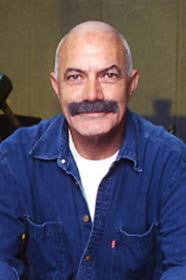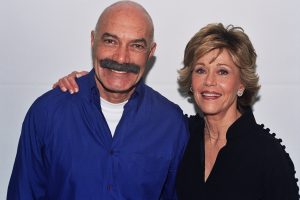A purely escapist entertainment, John Badham’s Another Stakeout, a sequel to his 1987 hit Stakeout, is sillier and less plausible than the first movie, but it’s also funnier.
Adding a woman to the Richard Dreyfuss-Emilio Estevez detective team, and stressing the comedy elements instead of the suspense, pic is broad enough to have across-the-board appeal. B.O. prospects for lighthearted summer picture are good in quick wide playoff.
Scripter Jim Kouf’s new comedy-adventure picks up Chris Lecce (Dreyfuss) and Bill Reimers (Estevez), the two Seattle police detectives, six years later. Estevez is now married and father of two, but still wears his mustache, which is the subject for some Freudian humor. Dreyfuss, who is clean-shaven, lives with Maria (Madeleine Stowe), the woman he was assigned to observe and fell in love with the first time out. But Dreyfuss suffers from a commitment problem and, in what is possibly the film’s broadest scene, Stowe walks out on him.
The eternally feuding cops are appointed to locate Lu Delano (Cathy Moriarty), a missing key witness in the trial of a Las Vegas mobster. This time around, their team also includes Gina Garrett (Rosie O’Donnell), an assertive, tough-talking assistant district attorney, who insists on bringing along her dog.
Once the “Three Stooges” situate themselves in an elegant house in an upscale neighborhood, the real movie–and frolic–begins. Pretending to their neighbors to be one big happy family, most of the humor revolves around comic exchanges between Dreyfuss as Dad, O’Donnell as Mom, and Estevez as their grown son. O’Donnell actually plays the “nagging wife” role that Estevez had in the l987 movie. As a result, the Neil Simon-like odd couple routines of Dreyfuss and Estevez are secondary here, submerged in the main tale of a chaotic, dysfunctional household.
There’s one hilarious scene, a dinner party hosted by Dreyfuss and O’Donnell for their neighbors (Dennis Farina and Marcia Strassman), which is a showstopper and alone worth the price of admission. The fluency of wisecracks and sight gags in this sequence, which would do Blake Edwards proud, overshadows everything that follows.
Dreyfuss and O’Donnell, two skillful comedians, try to outsmart each other as characters–and performers. Exploiting their physique (Dreyfuss is shorter and smaller than O’Donnell) to an advantage, their spirited rivalry results in rowdy jokes and raucous fun. Playing a quieter–and more limited–role than his peers, Estevez nonetheless holds his own and gives an engaging performance.
Used only as a loose frame, suspense takes a back seat to comedy in this sequel. In fact, when the story periodically cuts to the killer and the suspense plot, the movie loses its momentum. The incongruity between the boisterous comedy and the only standard action in Another Stakeout is problematic. Same can be said about the Dreyfuss and Stowe’s squabbles, which function as an unnecessary intrusion into the main yarn.
A proficient craftsman, John Badham’s work is as usual polished if also impersonal. He gives the film a shining gloss, greatly assisted by Roy H. Wagner’s sharp lensing and Frank Morris’ energetic editing. As in every Badham movie, there is an abundance of chase sequences that are mechanically inserted–just for the sake of thrills. Pic begins with a detailed orchestration of an overproduced fire and continues with chases of every kind and form. Almost every ten minutes, Badham’s restless camera finds an excuse to get outdoors for a chase, be it running after a suspect and falling into a garbage truck, tracking suspicious cars, even a dog racing after a cat!
Though some of the skits are dopey and cloying and the plot recycled and derivative, the movie is still quite amusing.










